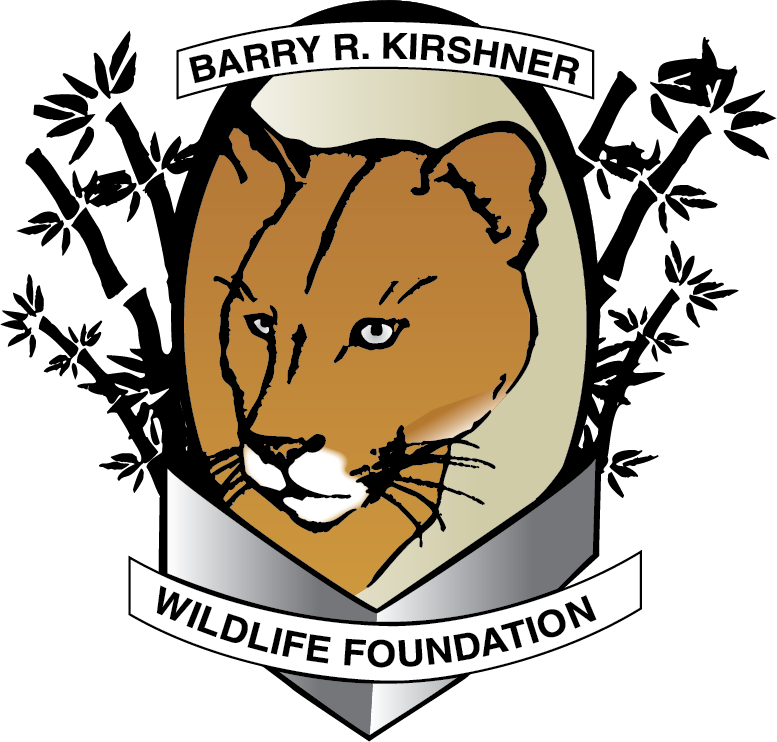Kitty- Leopard Tortoise
This is Kitty, a Leopard Tortoise. She was born in 2000.
The Leopard Tortoise is the fourth largest tortoise in the world. Its carapace is high and domed, sometimes with pyramid shaped scutes. Juveniles and young adults are attractively marked, with each individual having unique markings. As the tortoise matures, the markings tend to fade to a nondescript brown or grey.
Like most tortoises, they retract their head and feet into their shell when threatened. Also like all tortoises and turtles, their mouth is a “beak.” The rear legs are very trunk-like, the front legs are almost paddle-shaped and “pigeon-toed” with a row of small “nails.” They can move very fast on these legs, and maneuver over rocky terrain easily. They can also climb and go underwater for up to 10 minutes. Younger animals have a surprising ability to climb, as their toenails provide a very secure grip on wood, concrete, and rough stone surfaces. Small Leopard Tortoises (under 6 inches) have been seen climbing up and over a 12-inch-high wooden board intended to be an enclosure boundary.
The Leopard Tortoise is found in the savannas of eastern and southern Africa, from Sudan to the southern Cape. This tortoise favors semi-arid, thorny to grassland habitats, although some have been found in rainier areas. In both very hot and very cold weather they may dwell in abandoned fox, jackal, or anteater holes. Leopard Tortoises do not dig other than to make nests to lay eggs. They are herbivores, and graze extensively on mixed grasses. They also enjoy succulents and thistles, and (in captivity) the fruit and pads of the prickly pear cactus (cactus are New World plants not native to Africa).

